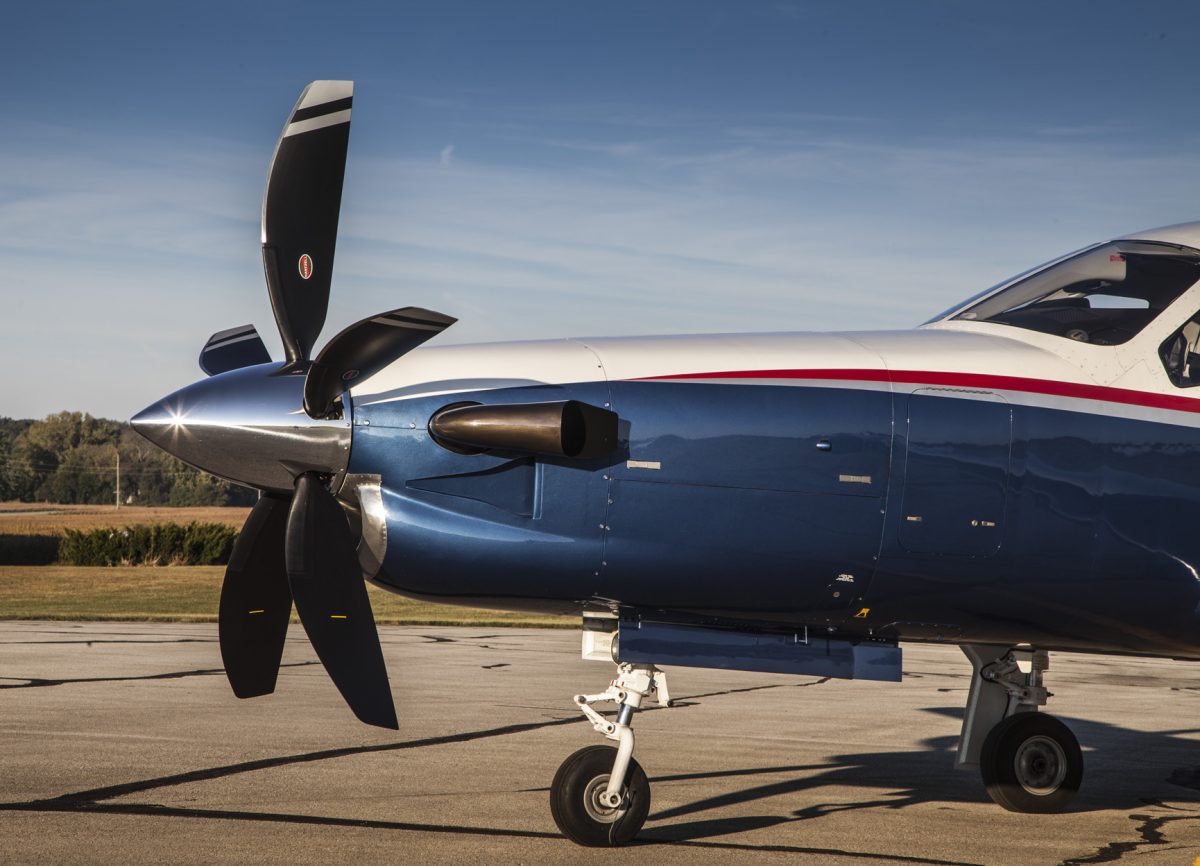
At Hartzell Propeller, one of the most frequently asked questions we receive from pilots and aviation enthusiasts is: “Are more propeller blades better?” The answer to this question depends on a number of factors, including the type of aircraft and engine, the function of the aircraft mission, and your goals for performance, efficiency, or comfort.
Efficiency
In general, 2-blade propellers are slightly more efficient. However, efficiency doesn’t propel an airplane, thrust does. Thrust is needed to overcome drag and weight, helping the aircraft climb.
Choosing the right number of propeller blades depends on certain parameters, including a given aircraft’s engine power, operating RPM for the propeller, diameter limitations, and performance requirements. If these factors are held constant, the efficiency of a propeller would decrease as more blades are added. However, as engine power increases, additional blades are generally required to efficiently utilize the increased power and produce thrust. Therefore, the most efficient number of propeller blades for an aircraft depends on the combination of these factors, which of course, will vary depending on the aircraft.
Noise reduction and cabin comfort
Cockpit noise can come from many sources, including the engine, exhaust system, airflow around the fuselage, and the propeller. High levels of cabin noise can cause stress and pilot fatigue, and may even lead to hearing problems among pilots. Increasing the number of blades on a propeller is one solution to reducing cabin noise. In most installations, increasing the propeller blade count also reduces noise. This is largely due to a reduction in vibration.
In a single-engine aircraft, the propeller blade wake beats on the windshield and produces cabin noise. A 2-blade propeller produces two pressure pulses per revolution, whereas a 3-blade propeller will produce three smaller pulses per revolution for the same amount of total thrust. As a result, the 3-blade prop will be inherently smoother and therefore quieter. In general, the 3-blade propeller will have a smaller diameter than the 2-blade propeller that it replaces, which also serves to reduce the tip speed and noise. In a twin-engine aircraft, the reduced diameter of the 3-blade propeller will result in less tip-generated noise and a greater clearance between the blade tip and the fuselage. Vibration is not only noisy, but it can also cause discomfort and potentially damage avionic systems. Adding more propeller blades can help reduce vibration, improving overall cabin comfort for pilots and passengers.
At Hartzell, we have over 400 different propeller blade designs available, which can be configured in hubs with 2-blade through 6-blades. We’re happy to help you find the right propeller system for your aircraft. To find a propeller specific to your aircraft and engine/airframe combination, use our Application Guide or contact us today.